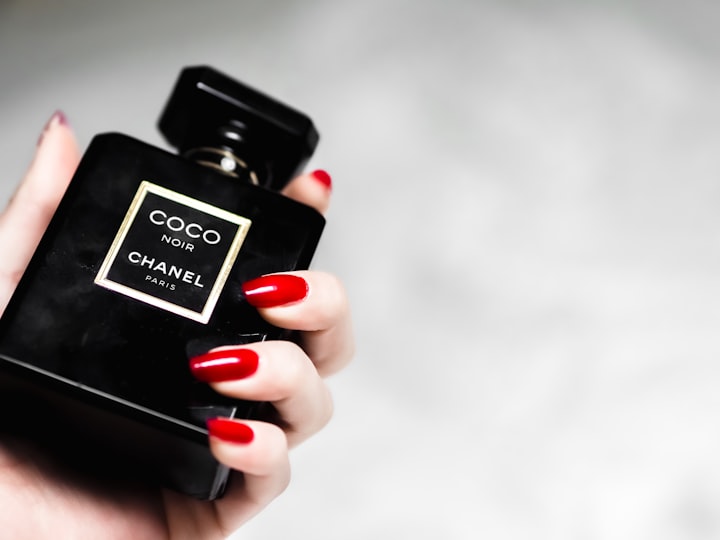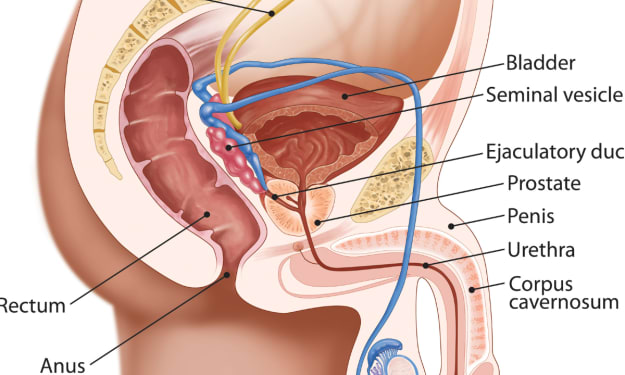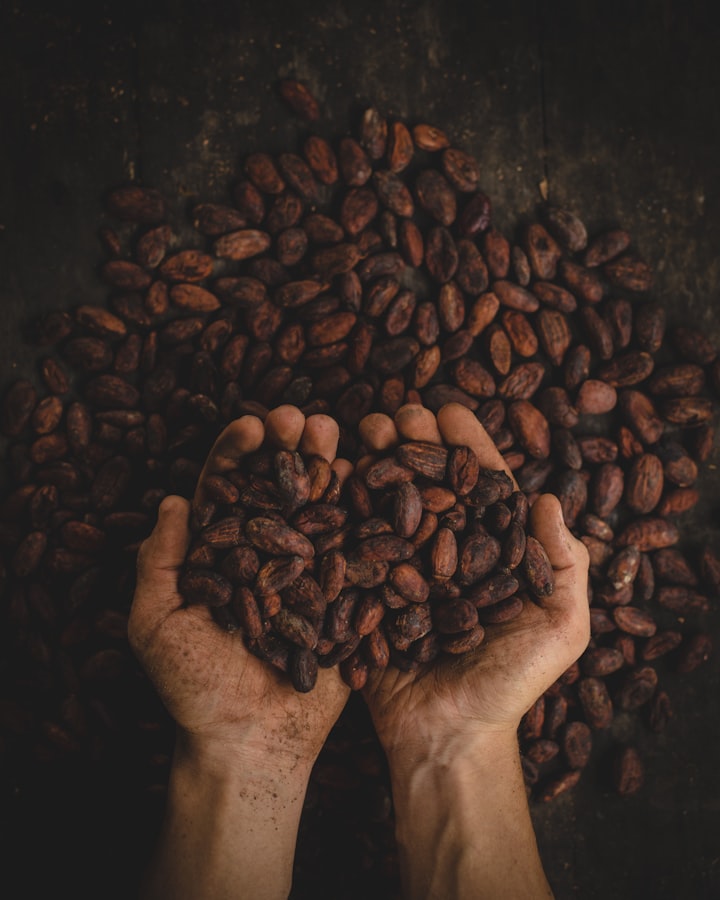How Your Nails Warn You About Serious Health Conditions
Understanding the Clues: How Changes in Your Nails Can Reveal Underlying Health Problems

As small as they may seem, nails play a significant role in our overall health. Our nails' color, texture, and shape can provide clues about what's going on inside our bodies. In this article, we'll discuss the different nail changes that may indicate serious health conditions and what you can do about them.
Understanding the Basics of Nails
Before we dive into the specifics, let's understand the basics of nails. Nails are made up of a protein called keratin, which also makes up our hair and skin. The nail plate is the visible part of the nail, and the nail bed is the skin underneath it. The nail grows from the matrix, which is located at the base of the nail.
Nail Changes and Health Conditions
Yellow Nails
Yellow nails may indicate a fungal infection or psoriasis. In some cases, yellow nails may be a sign of thyroid disease, diabetes, or lung disease.
White Spots on Nails
Contrary to popular belief, white spots on nails are not a sign of calcium deficiency. Instead, they may indicate trauma to the nail or a fungal infection.
Spoon Nails
Also known as koilonychia, spoon nails are characterized by nails that are thin and concave. This condition may be a sign of iron deficiency anemia, hemochromatosis, or hypothyroidism.
Beau's Lines
Beau's lines are horizontal depressions that run across the nail. They may be caused by an injury, chemotherapy, or severe illness.
Clubbing
Clubbing is a condition where the nail bed becomes soft and the nails curve around the fingertips. This condition may be a sign of lung disease, liver disease, or inflammatory bowel disease.
Pale Nails
Pale nails may be a sign of anemia, congestive heart failure, liver disease, or malnutrition.
Dark Lines or Spots
Dark lines or spots on the nail may indicate melanoma, a type of skin cancer. If you notice any dark spots on your nails, it's important to get them checked out by a doctor as soon as possible.
Brittle Nails
Brittle nails may be a sign of thyroid disease, fungal infection, or iron deficiency anemia.
What You Can Do About Nail Changes
If you notice any changes in your nails, it's essential to consult a doctor. In some cases, the changes may be harmless, but in other cases, they may be a sign of a serious health condition. Your doctor may order tests to determine the underlying cause of the nail changes and recommend the appropriate treatment.
Conclusion
Nails are not just for cosmetic purposes; they are also an indicator of our overall health. Any nail color, texture, or shape changes should not be ignored. Paying attention to your nails and seeking medical attention when necessary can identify potential health issues early and prevent further complications.
FAQs
Can stress cause changes in my nails?
Yes, stress can cause changes in your nails. Stress can disrupt the body's balance of nutrients and hormones, which can lead to brittle nails or changes in their growth patterns. In addition, stress can cause people to develop nervous habits, such as biting their nails or picking at their cuticles, which can further damage the nails. If you're experiencing changes in your nails and are under a lot of stress, it may be worth considering stress-reducing activities, such as exercise or meditation, to help alleviate some of the symptoms.
Should I be concerned if I have white spots on my nails?
White spots on the nails are generally harmless and are usually caused by minor injuries to the nail bed. However, if you notice other changes in your nails, such as discoloration, thickening, or changes in shape or texture, it's important to consult a doctor. These changes could be a sign of an underlying health condition, such as a fungal infection or a thyroid problem. In most cases, white spots on the nails are not a cause for concern and will disappear on their own as the nail grows out. However, if you're unsure or concerned about any changes in your nails, it's always best to seek medical advice.
How can I prevent nail problems?
There are several things you can do to prevent nail problems:
Practice good nail hygiene: Keep your nails clean and dry, and trim them regularly. Avoid biting your nails or picking at your cuticles, as this can damage the nails and surrounding skin.
Moisturize: Use a moisturizer on your hands and nails regularly to prevent dryness and cracking.
Protect your nails: Wear gloves when doing tasks that may damage your nails, such as washing dishes or gardening.
Eat a healthy diet: Eating a balanced diet that includes essential nutrients like biotin and vitamin E can promote healthy nails.
Avoid harsh chemicals: Exposure to harsh chemicals, such as cleaning products or nail polish remover, can damage the nails. Use gloves when handling these chemicals or try to avoid them altogether.
Seek medical attention: If you notice any changes in your nails, such as discoloration or changes in shape or texture, it's important to consult a doctor. They can help determine the underlying cause and provide appropriate treatment.
By following these tips, you can help keep your nails healthy and prevent further complications.
Can I treat nail problems at home?
Minor nail problems, such as hangnails, can often be treated at home. However, for more serious issues, it's important to consult a doctor. Here are some tips for treating minor nail problems at home:
Hangnails: Trim the hangnail with a clean pair of scissors and apply an antibiotic ointment to prevent infection.
Ingrown nails: Soak the affected area in warm water for 15-20 minutes, then gently lift the nail away from the skin with a clean tool. Apply an antibiotic ointment and cover with a bandage.
Fungal infections: Apply an over-the-counter antifungal treatment as directed. Keep your nails clean and dry, and avoid sharing nail clippers or other personal items.
Discoloration: Discoloration can be caused by a number of things, such as trauma, fungal infections, or underlying health conditions. If you're unsure of the cause, consult a doctor.
Remember that home remedies may not always be effective, and in some cases, they may even make the problem worse. If you're unsure about how to treat a nail problem, or if the problem persists despite home treatment, it's important to seek medical advice.
How can I keep my nails healthy?
You can keep your nails healthy by keeping them clean and dry, avoiding harsh chemicals, and using a moisturizer regularly. Eating a balanced diet that includes essential nutrients like biotin and vitamin E can also promote healthy nails.
What should I do if I notice any changes in my nails?
If you notice any changes in your nails, such as discoloration or changes in shape or texture, it's important to consult a doctor. They can help determine the underlying cause and provide appropriate treatment.
Can nail changes be a sign of cancer?
Yes, in some cases, nail changes may indicate certain types of cancer, such as melanoma. It's important to seek medical attention if you notice any changes in your nails that are concerning.
Can nail changes be prevented?
Some nail changes, such as those caused by genetics or aging, may not be preventable. However, maintaining good nail hygiene and a healthy lifestyle can help prevent some nail problems.
Are there any natural remedies for nail problems?
Some natural remedies, such as tea tree oil for fungal infections or coconut oil for dry nails, may be helpful in treating nail problems. However, it's important to consult a doctor before using any natural remedies, as they may not be suitable for everyone.
In summary, our nails can provide valuable insights into our overall health. Any changes in nail color, shape, or texture should be taken seriously and evaluated by a doctor. By maintaining good nail hygiene, eating a healthy diet, and seeking medical attention when necessary, we can keep our nails healthy and prevent further complications.





Comments
There are no comments for this story
Be the first to respond and start the conversation.